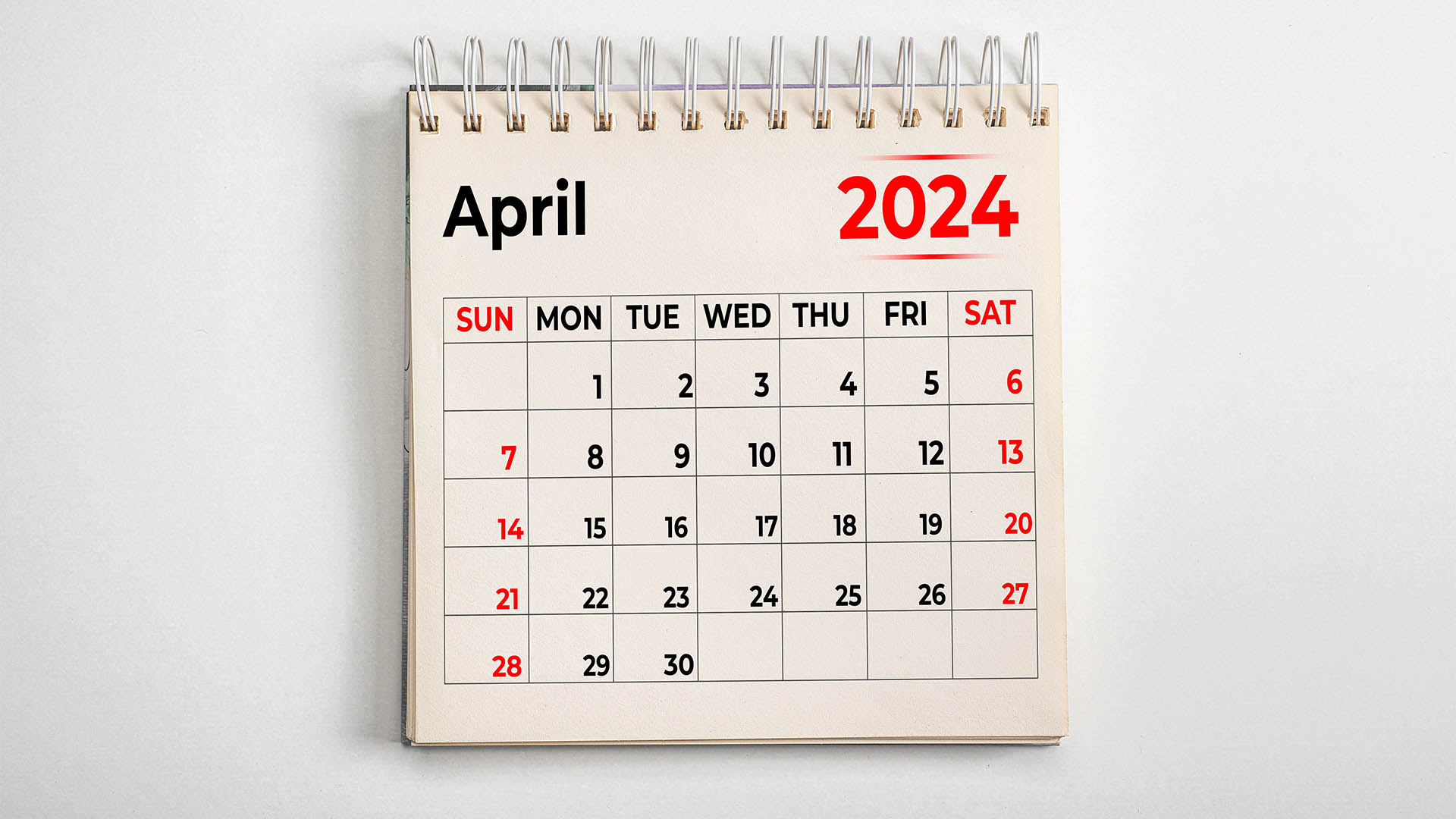So will the Reserve Bank blink at its October meeting today and either trim its planned half a per cent rate rise to 0.25%, or even sit and hold at the current rate of 2.35% after data yesterday showing house prices fell again in September?
The house price fall report from CoreLogic gives the Reserve Bank more evidence the property market is slowing thanks to higher interest rates.
But the still strong jobs market and retail sales tells the RBA that the labour market remains solid (as we saw with the second highest level of job vacancies in the three months to August) and strong retail sales in the same month.
The latest house price data showed the biggest fall in Sydney and Melbourne house prices since the depths of the global financial crisis which media and property spruikers leapt on to criticise the rate rises.
Core logic data showed Australian capital city average dwelling prices fell another 1.4% in September for the fifth monthly decline in a row.
Including regional dwellings, which fell another 1.3%, national dwelling prices also fell 1.4% in the month, and their annual growth rate dropped to 1.7% year on year.
The AMP’s chief economist Shane Oliver said on Monday that national average house prices have now had their fastest decline since 1980, “reflecting the rapid paced rates hikes at a time of high household debt levels.”
Prices fell in seven of the capital cities, and were flat in Darwin.
The monthly pace of falls slowed in Sydney to 1.8% (after 8 months of falls) from 2.3% in August and in Melbourne to 1.1% (after 7 months of falls) from 1.2% in August “but this is unlikely to be a sign that prices are nearing the bottom,” Dr Oliver said.
“We continue to expect a 15-20% top to bottom fall in average home prices as the full impact of rate hikes to date along with further rate hikes impact and as economic conditions slow sharply into next year,” he forecast.
…………
Before the release of the September house price data the RBA was forecast to lift its key rate later today with its Trans-Tasman peer, the Reserve Bank of New Zealand forecast to follow suit tomorrow.
The RBA decision will dominate the headlines here for much of the week.
Elsewhere we get the US jobs and unemployment figures for September on Friday night, our time and of course the current market volatility will continue with all eyes on the bank of England to see what it does next.
As well the start of month activity reports for manufacturing were released yesterday and will continue today, with the surveys of services activity following later in the week.
In Australia, the RBA is expected to hike rates again and economists are a little divided over whether the central bank will go back to its usual 0.25% movement, with the top level for the cash rate rising to 2.60%, continue with a half a per cent hike, or go for a tidying up 0.40% (to take the cash rate to 2.75%).
But some economists caution that another half a per cent rise would not surprise but others see a chance of the bank returning to its normal 0.25% rise.
“Inflation is still high and rising, jobs data remains strong and economic data releases (outside of housing) remain solid and the RBA has continued to indicate that it expects to raise rates further all of which is consistent with another hike on Tuesday,” the AMP’s Shane Oliver wrote.
“However, the case for slowing down the hikes is very strong,” he added.
“…we think it will ease back the pace of hikes to 0.25% while continuing to flag its determination to bring inflation back to target with more rate hikes still expected.
“However, it’s a very close call as the RBA’s focus on backward looking inflation and jobs data along with the hawkish global central bank consensus risks seeing it stick to 0.5% hikes for now. A 0.4% move might be a good compromise and it is what is factored into money markets,” Dr Oliver added.
The RBA’s six-monthly Financial Stability Review on Friday will be watched for a longer explanation of how the RBA is seeing its recent rate rises impacting households and the economy.
It and its new economic forecasts will be referenced in the post-meeting statement later this afternoon from Governor Phil Lowe.
On Wednesday the Reserve Bank of New Zealand is expected to raise rates by another 0.5% taking the cash rate to 3.5%.
Australia also sees the usual start of month figures on building approvals, housing and other finance and the trade data for August. Car sales figures for last month should be out late in the week and
Friday’s US jobs data and employment data will give investors a snapshot of whether the Fed’s rate hikes are starting to hit growth.
Investors are also looking to earnings season, which starts late next week as they gauge to what degree a strong dollar and supply chain snafus will affect companies’ profits.
The AMP’s Shane Oliver says we can expect September jobs data on Friday to show a further slowing in payroll growth to 250,000, unemployment unchanged at 3.7% and wages growth slowing to around 5.1% year on year. The job opening and hiring data for August (tonight, our time) will be watched for signs of cooling.
The OPEC+ group is due to meet in Vienna to discuss a big production cut (See commodities story).
China is on its week-long national day holiday.













